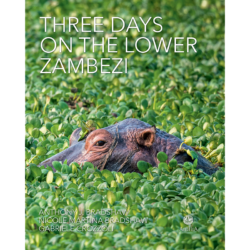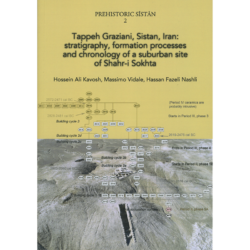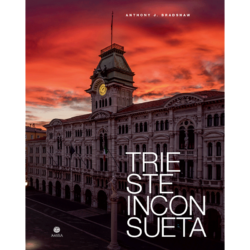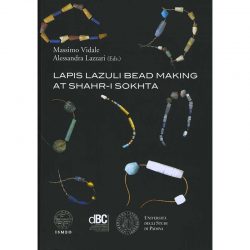-
Tells about the soul of Africa by describing the atmospheres, the light, the color and the meaning of life through images taken during a three-day photographic journey on the banks of the Zambezi river. From the collaboration of the three photographers, was born a work which is a mix of images, news and information. In addition to the images and their descriptions, there is a handbook that details which itineraries to follow, and which precautions to take to better enjoy a unique experience in Zambia, an extraordinarily beautiful and wild land, in which live 71 tribes, and in which are spoken 72 different dialects. Language English.
-
Jointly edited by the Department of Cultural Heritage: Archeology, History of Art, Music and Cinema of the University of Padua, and by Rome’s ISMEO (International Association of Studies on the Mediterranean and the East), it represents an ideal continuation of the Italian and Iranian archaeologists joint commitment in the exploration of the prehistory and proto-history of Sistan, one of the historically most important cores of the Iranian civilization on the eastern edges of the Iranian plateau. Language English.
-
The images offer shots and never common details that often escape to tourists and passersby. The book is an invitation to open your eyes to details that sometimes escape to an inattentive look: it is the rediscovery of familiar things that often reserve extraordinary surprises, and which will make fall in love the most attentive and sensitive observers. Language Italian and English.
-
Volume published in collaboration with Rome’s ISMEO (International Association of Studies on the Mediterranean and the East), Eastern Series, New Series, No. 6.
-
Atlas-Volume that collects the cataloging of the anatomical collection of the Pathological Anatomy Institute of the University of Padua, one of the world’s most spectacular collection of anatomical specimens of Human Pathology. The collection is a biological archive and a research laboratory for multiple studies, and collects the history of pathology in the pre-bacteriological and pre-antibiotic era, when some diseases were incurable, and the diagnosis was mostly achieved only at the time of autopsy. The introductory essay dedicated to Museology in Pathological Anatomy is followed by 11 sections that collect large-format photos of the various pathologies and related sheets. Language Italian/English.





